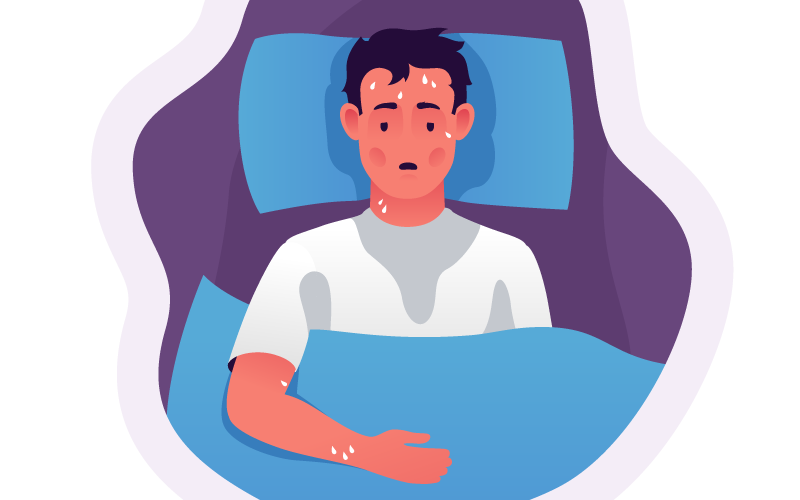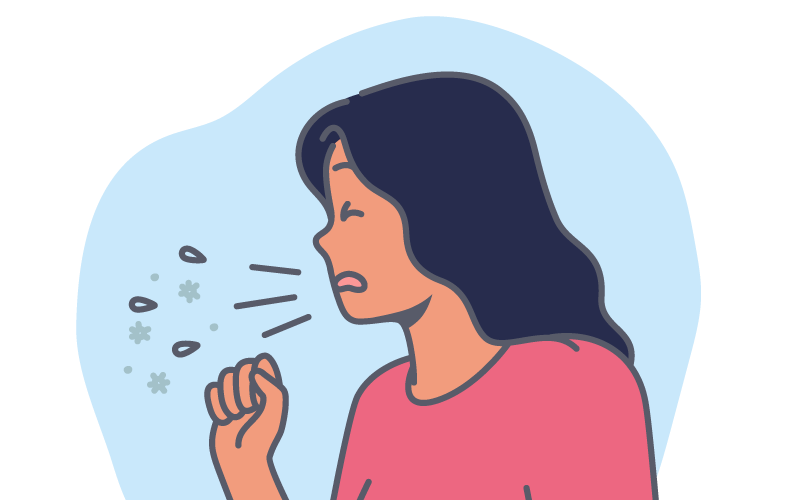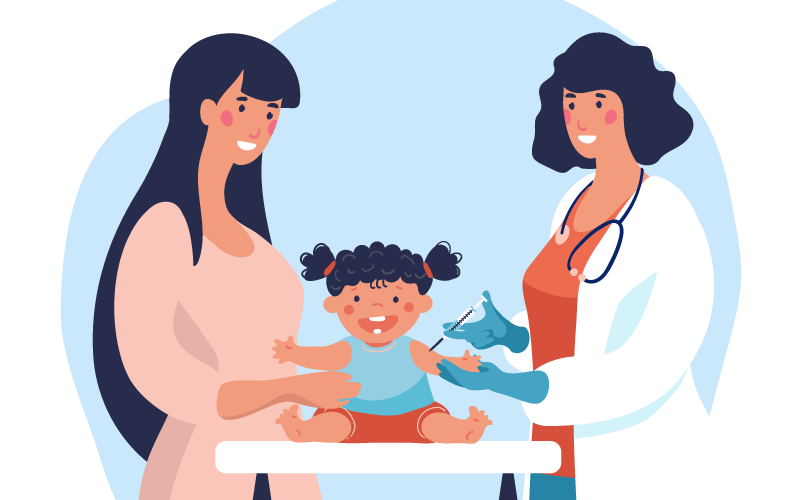TB
What is tuberculosis (TB)?
Tuberculosis (TB) is an infectious disease caused by various strains of mycobacteria, belonging to the group Mycobacterium tuberculosis complex. TB usually affects the lungs (pulmonary tuberculosis) but can also affect any body part (extrapulmonary tuberculosis) such as the kidneys, spine, and brain.
While TB rates have been steadily declining in the EU/EEA, the region still reported more than 33000 cases a year in 2020 and 2021.
At a glance: TB in Europe
- Disease of the lungs caused by bacteria
- TB spreads through the air
- More than 30 000 cases and 3000 deaths every year
- It can take months to recover from TB, and there is a risk of getting infected again
- Vaccination can help to prevent serious consequences of TB in children

What are the symptoms of TB?
Tuberculosis symptoms vary depending on the affected area. In the EU/EEA, around 75% of cases have TB that affect the lungs. In these cases, typical symptoms include:
- persistent cough (for more than 2 weeks)
- fever
- night sweats
- weight loss
TB which affects other parts of the body presents with symptoms that are site related.
TB bacteria can sometimes infect a person without causing disease. In these cases, while a person is infected with TB, they do not develop any symptoms, are not sick and cannot spread the disease. However, the presence of the bacteria means they are at risk of developing disease and symptoms without proper treatment.
What are the complications of TB?
TB can cause permanent lung damage and survivors may suffer from a number of persistent respiratory health problems. Recurrent TB is also not uncommon.
If other parts of the body are infected, TB can cause permanent damage to those areas (such as infertility or kidney failure).
TB can also cause severe complications that may require hospitalisation (such as multiple organ failure and septic shock).

How is TB spread?
The bacteria that cause TB are airborne and can spread through the air from person to person in tiny droplets released when a person with TB that affects their lungs coughs, sneezes or talks. When someone breathes in TB bacteria it can settle in the lungs and begin to spread. If TB affects parts of the body other than the lungs, it is usually not infectious.
People infected with TB but who are not sick cannot spread the disease to others.
Who is at risk of TB?
Anyone can become infected with TB, but some people are more likely to develop active disease than others. These groups include:
- Those who spend a lot of time in close contact with someone who has TB
- Those born in or living in an area where TB is common
- Those with a weakened immune system, such as people with HIV, or who are receiving certain medical treatments that affect the immune system
- Children under 5 years of age
- People who live in overcrowded or unhealthy conditions, such as people who are homeless or in prison

How can TB be prevented?
Vaccination can help to protect against severe forms of TB in young children. Beyond vaccination, the risk of TB can be reduced by taking several precautions:
- ensuring good ventilation
- practicing good hygiene
- covering the mouth and nose when coughing and sneezing
- providing TB preventive treatment to people with TB infections who are not yet sick.
Early detection of pulmonary TB is vital in helping to prevent the spread of the disease.
How is TB treated?
The standard treatment for TB requires a combination of several antibiotics for at least four to six months. Treating forms of TB that are resistant to first-line drugs may require a different combination of antibiotics for longer periods (6 to 18 months).
TB treatment can cause side effects that require close monitoring and management by health care professionals.
